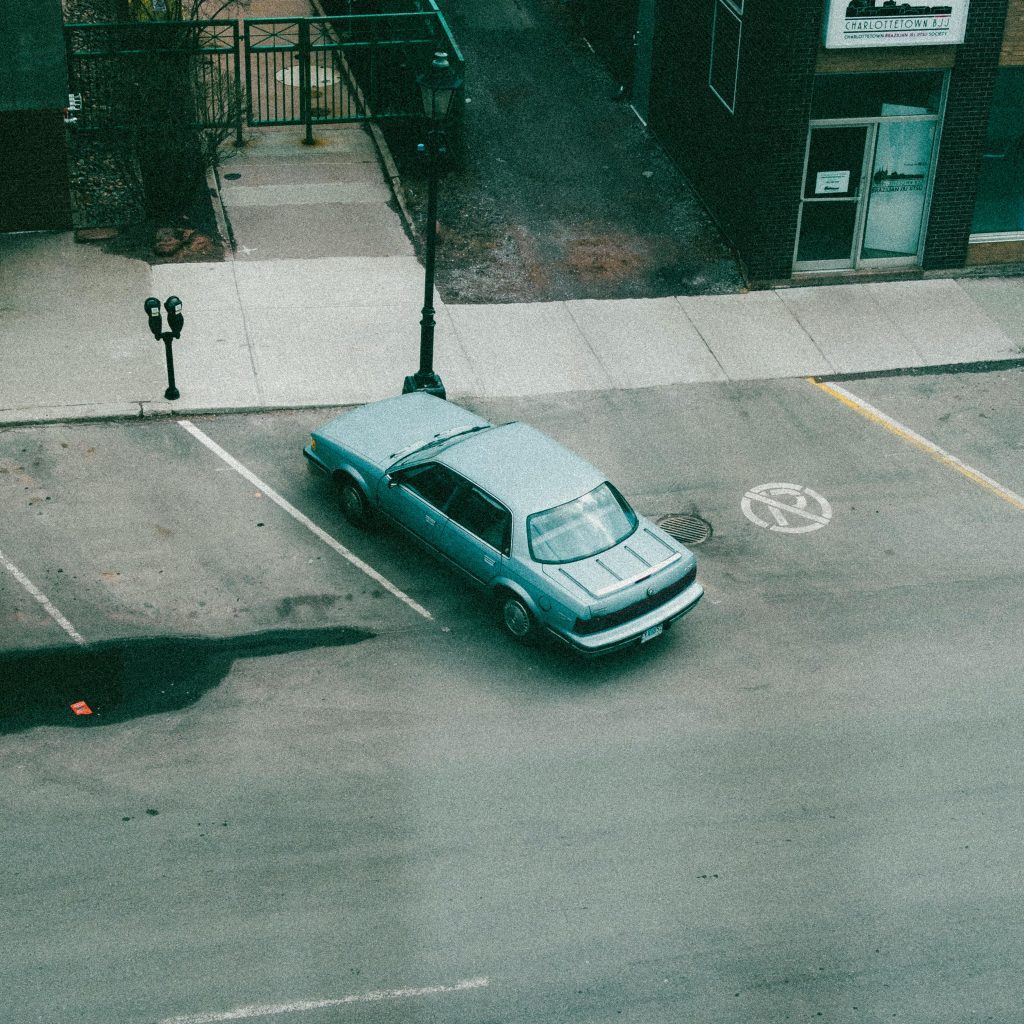Overview
Owning a classic car is more than just possessing a mode of transportation; it’s holding a piece of history, a timeless symbol of craftsmanship and innovation. Whether it’s a sleek vintage sports car or a majestic vintage cruiser, classic car enthusiasts invest not only in metal and machinery but also in memories and nostalgia. However, protecting these cherished vehicles requires more than just routine maintenance and occasional joyrides. It entails understanding the nuances of classic car insurance, ensuring that these rolling relics remain safeguarded for generations to come.
The Essence of Classic Car Insurance
Classic car insurance differs significantly from standard auto insurance due to the unique nature of vintage vehicles. While conventional insurance typically assesses a car’s value based on depreciation, classic car insurance acknowledges that these beauties often appreciate over time. As such, policies are tailored to address the specific needs of collectors, providing coverage that aligns with the value and usage patterns of classic cars.
Valuation: The Heart of the Matter
Determining the value of a classic car is paramount in securing adequate insurance coverage. Unlike modern cars, whose value depreciates with each passing year, classic cars can appreciate, driven by factors like rarity, historical significance, and meticulous restoration efforts. To accurately assess value, collectors can turn to several methods:
Agreed Value: This approach involves reaching a mutual agreement between the insurer and the owner regarding the car’s value. In the event of a total loss, the insurer compensates based on this pre-determined amount, providing peace of mind to collectors.
Appraisal: Professional appraisers can assess a classic car’s condition and value, considering factors such as originality, rarity, and market trends. While this method incurs an additional cost, it offers a comprehensive evaluation that strengthens insurance coverage.
Market Research: Keeping abreast of market trends and recent sales of similar classic cars can help owners gauge their vehicle’s value. However, fluctuations in the market underscore the importance of periodic reevaluation to ensure adequate coverage.
Coverage Tailored to Classic Car Needs
Classic car insurance policies offer coverage options tailored to the distinct requirements of collectors:
Agreed Value Coverage: As mentioned earlier, agreed value coverage guarantees compensation based on the pre-determined value, protecting owners from depreciation and market fluctuations.
Spare Parts Coverage: Given the challenge of sourcing replacement parts for vintage vehicles, policies may include coverage for spare parts, ensuring that owners can maintain their cars’ authenticity and integrity.
Flexible Usage: Classic cars are often driven sparingly, reserved for leisurely weekend cruises or special events. Recognizing this, insurers may offer flexible usage options, allowing owners to tailor coverage based on their driving habits.
Specialized Repairs: Repairing a classic car often requires specialized knowledge and craftsmanship. Classic car insurance may include provisions for repairs carried out by mechanics experienced in working with vintage vehicles, preserving authenticity and value.
Safeguarding Against Risks
While classic car ownership is synonymous with joy and nostalgia, it also entails inherent risks. From accidental damage to theft and vandalism, numerous threats loom over these cherished possessions. Classic car insurance provides protection against such risks through comprehensive coverage options:
Collision Coverage: This component safeguards against damage resulting from collisions with other vehicles or objects, ensuring that owners can restore their beloved classics to their former glory.
Comprehensive Coverage: Beyond collisions, comprehensive coverage extends protection to a range of perils, including theft, vandalism, fire, and natural disasters. This all-encompassing safeguard shields against both common and unforeseen threats.
Liability Coverage: In the unfortunate event of an accident where the owner is at fault, liability coverage steps in to cover damages to third-party property or injuries sustained by others, shielding owners from potentially crippling financial liabilities.
Preservation Through Prevention
While insurance serves as a crucial safety net, preventing accidents and damage is equally vital in preserving classic cars. Owners can adopt various preventive measures to minimize risks:
Safe Storage: Storing classic cars in secure, climate-controlled environments shields them from environmental hazards, theft, and vandalism. Garages equipped with security systems and surveillance further enhance protection.
Routine Maintenance: Regular maintenance not only ensures optimal performance but also identifies potential issues before they escalate. From fluid checks to tire inspections, proactive upkeep prolongs a classic car’s lifespan and minimizes the likelihood of breakdowns.
Appropriate Usage: While it’s tempting to showcase classic cars at every opportunity, mindful usage can mitigate wear and tear. Avoiding harsh driving conditions and limiting exposure to inclement weather helps preserve these vehicles’ pristine condition.
Conclusion
Owning a classic car is a labor of love, a testament to passion, and a commitment to preserving automotive heritage. As custodians of these timeless treasures, collectors must navigate the complexities of classic car insurance with diligence and care. By understanding valuation, selecting appropriate coverage, and embracing preventive measures, owners can safeguard their beloved classics for future generations to admire and cherish. In doing so, they honor not just the vehicles themselves, but also the rich legacy they represent—a legacy of innovation, artistry, and the enduring allure of the open road.

